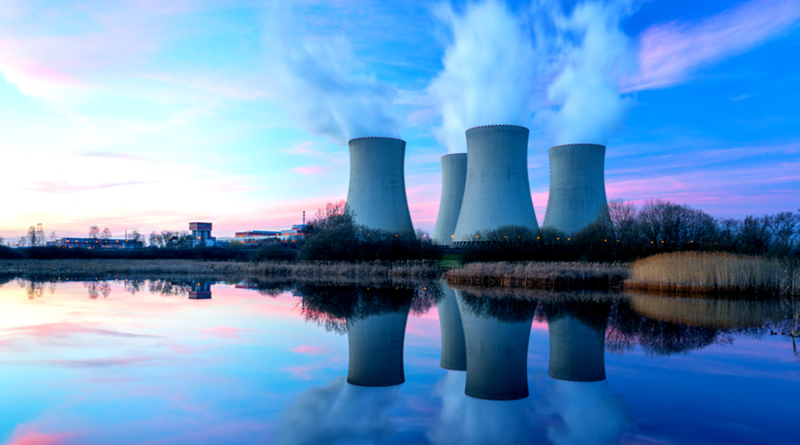

When it comes to India and its relationship with nuclear power, it’s actually quite amazing how little discussion it has actually generated in the public domain. It was almost 7 years ago that the Daiichi Fukushima nuclear disaster in Japan made people sit up and consider the dangers of nuclear power. A question that the Chernobyl disaster in the erstwhile Soviet Union in 1986 did not raise as much, despite the disastrous effects of that incident to this day.
However, it does appear that the country enjoys a broad consensus about around a few key areas. That despite its perceived risk, the country has to count on technology and better oversight to ensure nuclear power remains an important mix of its energy basket. To the extent India has to cut down on its ‘dirty fuel’ portfolio (read-Coal plants), nuclear power remains a critical option to supply its core power needs. Thus, the only issue we have faced has actually been local resistance to having the actual power plants in their neighbourhood. That, the government remains confident, can be managed by a mix of incentives, education and threats, in no particular order.
So even as renewables actually overtook other options for new generation CAPACITY added since the past few months, keep in mind that actual generation remains much below the levels needed to make a real impact. Even the idea of an increasingly larger electric transport fleet is almost meaningless without the energy powering them coming from renewable sources.
On the cost front too, take away the risk premium for accidents and eventual long term disposal of ‘waste’, and you have nuclear energy comfortably beating almost every other form of energy source out there for efficiency and cost. For all the massive investments in capacity and more, Solar, it appears, contributes about 12% to total actual energy consumption globally.
Hydro, for all its promise and potential, seems to have plateaued, due to a combination of underperforming large dam projects, as well as erratic flows driven by climate change.
In that situation, the challenge for a massive growing economy like India, currently the no. 3 consumer in the world and expected to have the fastest growing power needs for a decade or more, is stark. Continue to depend on ‘dirty’ coal, or make a calibrated shift to nuclear instead. The easy answer is with nuclear, especially when considered against the costs of further delays in making power availability a non issue for the majority of its citizens. If there are better options, we would love to hear from you at feedback@iamrenew.in !
In a key step toward advancing clean energy adoption, Ahmedabad headquartered IRM Energy Ltd has…
Biofuels conglomerate Aemetis has announced that its subsidiary in India – Universal Biofuels – has…
The Greater Noida Industrial Development Authority (GNIDA) has commenced construction of a 300-tonne-per-day (TPD) bio-CNG…
The World Earth Day – with this year’s theme on ‘Our Power, Our Planet’ –…
In a significant step toward promoting decentralized waste management and clean energy, Tata Steel UISL…
Jaipur headquartered bioenergy player Rajputana Biodiesel Ltd has announced that its subsidiary, Nirvaanraj Energy Private…